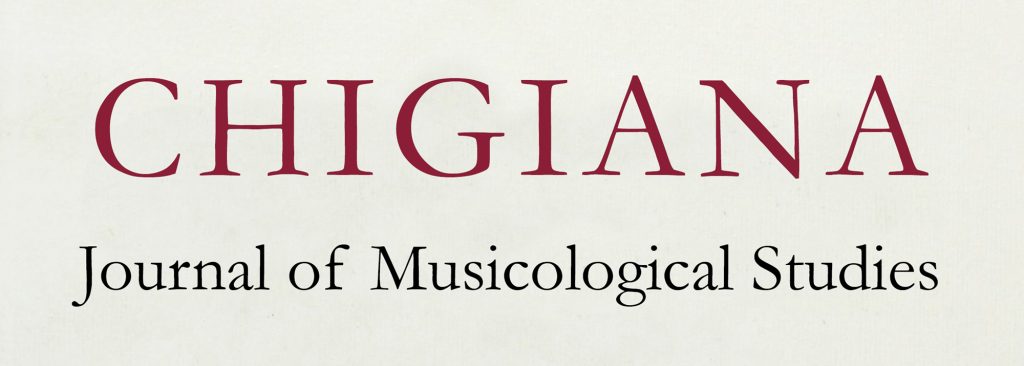
The films too were completely authentic: seeing and hearing spaces of doubt in Hiroshima mon amour
Joseph Kay (University of Oxford)
HE: You saw nothing in Hiroshima. Nothing.
SHE: I saw everything. Everything.
What do we see in Hiroshima? Do we see everything, or do we see nothing? But what is seeing everything? What do we hear in Hiroshima? My paper interrogates the relationship between image, sound, and text in the opening sequence of Alain Resnais’s Hiroshima mon amour (1959). In spite of the film’s now iconic status, this is a relationship which remains curiously undertheorised. In particular, I look at the competing subjectivities of the dialogic voice over and Giovanni Fusco’s soundtrack and how, together, these destabilise the generic tropes of documentary that Resnais appears to be setting before us. Drawing on ideas of film as skin, Barthes’s connoted and denoted message, Deleuze’s crystal image, and Lacan’s mirror, I illustrate some ways in which this destabilisation creates spaces of doubt between the competing images, sounds, and texts of the film.
However, I argue that the experience of these spaces of doubt induces a sense of shared trauma between the audience and the film’s two protagonists and that this is fundamental to a proper understanding of the film’s affective impact. This leads me to suggest that the spaces of doubt are not between, after all, but within the film as a structural totality. I contend that the particular complexities of Hiroshima mon amour offer a way of thinking more generally about relationships within film as a medium that are not determined according to conventional systems of visual primacy.
LUI: Non hai visto niente ad Hiroshima. Niente.
LEI: Ho visto tutto. Tutto.
Cosa vediamo a Hiroshima? Vediamo tutto o non vediamo niente? Ma che significa vedere tutto? Cosa si sente a Hiroshima? Il mio intervento interroga la relazione tra immagine, suono e testo verbale nella sequenza di apertura di Hiroshima mon amour (1959) di Alain Resnais. Nonostante l’importanza e l’interesse di questo film siano ormai ampiamente riconosciuti, questa relazione è stata finora poco analizzata. A mio avviso, bisognerebbe prestare particolare attenzione alle soggettività concorrenti della voce fuori campo del dialogo e della colonna sonora di Giovanni Fusco, e a come nell’insieme esse contribuiscano a destabilizzare i tropi generici del documentario che Resnais sembra mettere in scena davanti a noi.
Prendendo spunto dall’idea del “film come pelle”, dai concetti di connotazione e denotazione di Barthes, dall’immagine-cristallo di Deleuze e dello specchio di Lacan, intendo dimostrare in che modo questa destabilizzazione possa aprire degli spazi di interrogazione tra gli elementi co-occorrenti del film: le immagini, i suoni e i testi. In ogni caso, ritengo che l’esperienza di questi spazi di interrogazione induca un senso di trauma condiviso tra il pubblico e i due protagonisti del film, e che questo aspetto sia fondamentale per una corretta comprensione dell’impatto affettivo del film. Questo mi porta a ipotizzare che gli spazi di interrogazione non vadano ricercati “tra” gli elementi del film, ma “all’interno” del film inteso come totalità strutturale. In definitiva, le particolari complessità di Hiroshima mon amour offrono spunti di riflessione generale per riconfigurare le relazioni all’interno del film inteso come mezzo di comunicazione, che non sono determinate dagli schemi convenzionali del primato visivo.
